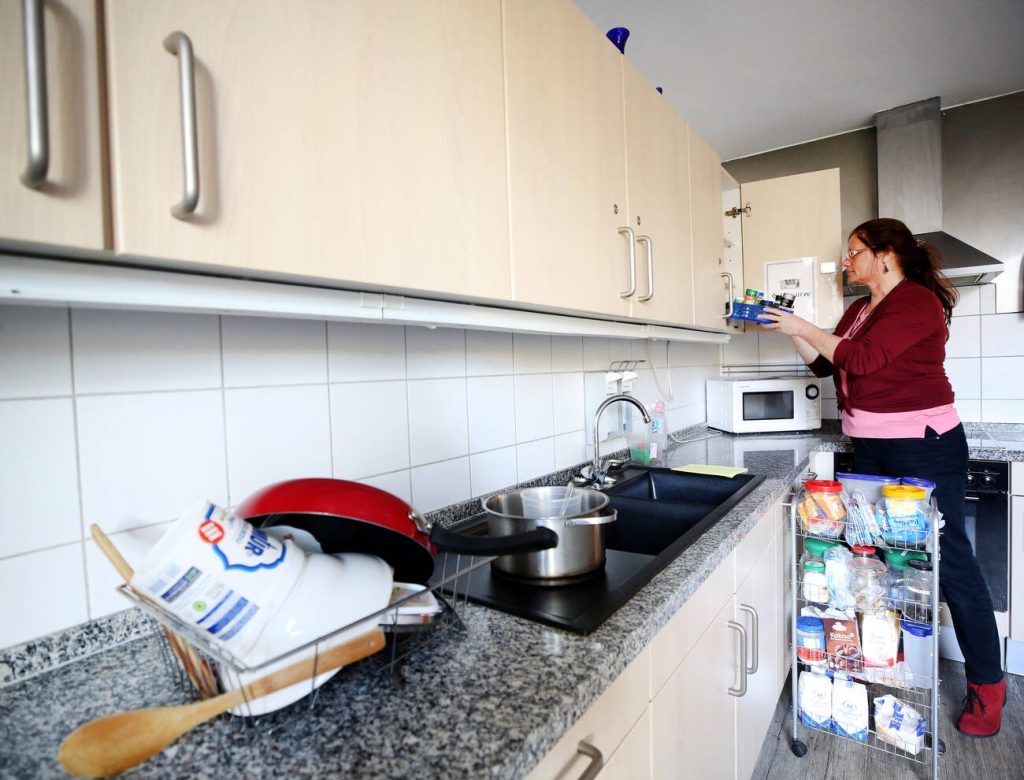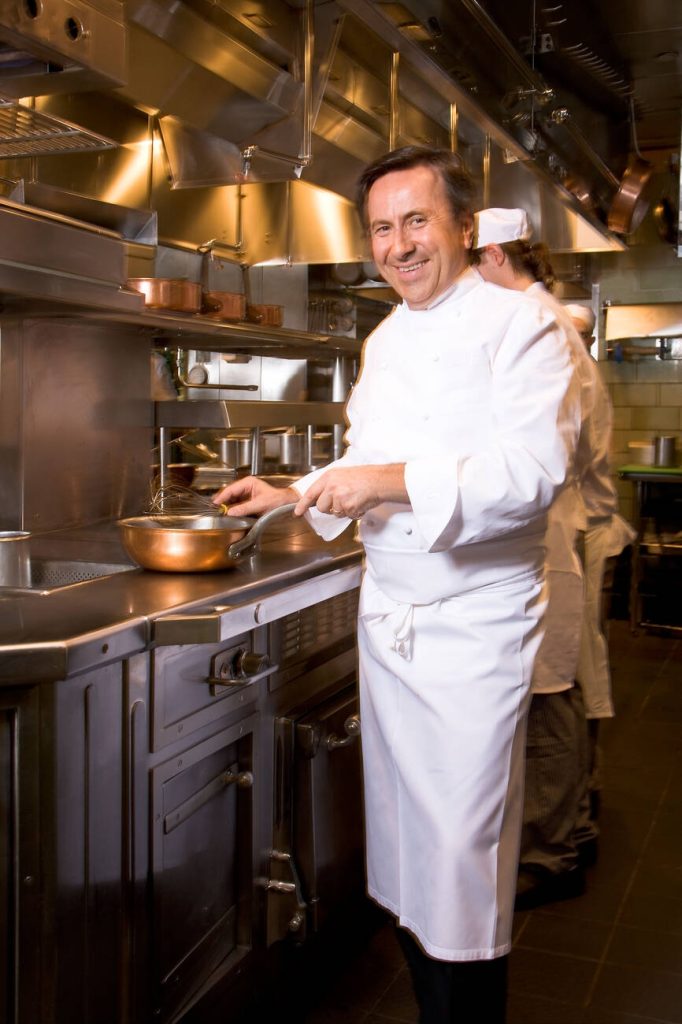If coffee is the fuel that ignites your day, then mastering the art of measuring it just right for that perfect cup is like finding the key to unlock a treasure trove of flavor. So, how many tbsp of coffee per cup will lead you to that golden ratio? Let’s navigate through the world of coffee measurements together, exploring tips and tricks to elevate your brewing experience. Get ready to savor each sip by getting those measurements spot on!
The Standard Ratio for Brewing Coffee
You should use about two tablespoons of coffee per cup for the standard brewing ratio. When it comes to brewing a perfect cup, several factors play a crucial role. Firstly, your choice of coffee bean selection impacts the flavor profile significantly. Experiment with various beans until you find one that suits your taste buds best. Next, ensure your water temperature is around 195-205°F for optimal extraction without scalding the grounds. Brewing time also matters; typically, aim for 4-5 minutes for a balanced brew. The grind consistency should match your brewing method – coarse for French press and fine for espresso. Lastly, consider the roast level: light roasts are brighter and acidic, while dark roasts offer bold flavors with a hint of bitterness.
Adjusting Coffee Strength to Taste
To adjust the strength of your brew, simply increase or decrease the amount of grounds you use. Finding the perfect balance for your taste buds involves experimenting with different ratios. Consider these points to fine-tune your coffee experience:
- Flavor preferences: Your choice between a bold and robust flavor or a milder taste impacts the amount of coffee you should use.
- Brewing techniques: Various methods like pour-over, French press, or espresso require specific coffee-to-water ratios for optimal results.
- Coffee strength: Adjusting ratios not only affects the taste but also determines how strong your cup of coffee will be.
- Taste balance: Achieving a harmonious blend that suits your palate is key in enjoying your daily caffeine fix.
Factors Affecting Coffee Measurement
Factors affecting coffee measurement include the grind size and water temperature. When brewing your coffee, consider the roast level for flavor intensity, water temperature for extraction, coffee bean origin for unique tastes, grind size consistency for even extraction, and brew time variations for strength adjustments. Here’s a breakdown of how each factor contributes:
| Factor | Impact |
|---|---|
| Roast Level | Determines flavor intensity |
| Water Temperature | Affects extraction |
| Coffee Bean Origin | Impacts taste profiles |
| Grind Size Consistency | Ensures even extraction |
| Brew Time Variations | Adjusts strength |
Understanding Different Coffee Brewing Methods
Exploring various coffee brewing methods allows for a diverse range of flavors and aromas to be experienced. When delving into the world of coffee preparation, paying attention to details can significantly impact your final cup. Here are some key factors to consider:
- Coffee bean selection: The type of beans you choose will greatly influence the taste profile of your brew.
- Water temperature: Adjusting the water temperature can bring out different nuances in the coffee grounds.
- Brewing time: The duration for which the coffee is brewed affects its strength and flavor intensity.
- Grind consistency: Ensuring that your coffee grounds are uniformly sized helps with even extraction.
Experimenting with these elements alongside varying steeping methods can lead to a truly personalized coffee experience.
Using a Coffee Scale for Precision
Using a coffee scale helps ensure precise measurements for consistent brewing results. When aiming for coffee accuracy, scale precision becomes crucial. Brewing control is enhanced by having consistent measurements of coffee grounds and water. With a scale, you can achieve perfect ratios every time, leading to an optimal flavor profile in your cup of joe. By carefully weighing your coffee beans before grinding and measuring the water accurately, you take the guesswork out of brewing. This level of precision ensures that each brew is as delicious as the last one, maintaining quality and taste consistency. Embrace the power of a coffee scale for better control over your brewing process and superior end results.
Measuring Coffee by Weight Vs. Volume
When measuring your coffee, you’ll find that weight provides more accuracy than volume. This distinction is crucial for achieving precise measurements and brewing accuracy in your cup of joe. Here are some key points to consider:
- Volume vs. weight: Weight accounts for the density variations in different coffee bean types.
- Precise measurements: Using a scale ensures you hit the exact amount needed for your brew.
- Brewing accuracy: Weight-based measurements lead to consistent flavor profiles with each batch brewed.
- Consistency challenge: Volume measurements can vary based on grind size, leading to inconsistent results.
Converting Coffee Measurements for Different Brewing Devices
Converting measurements for various brewing devices can be tricky, but it’s essential for achieving the perfect cup of joe. When exploring different coffee scoop alternatives, remember that sizes can vary, affecting the amount of coffee used. Adjusting your coffee grinder settings is crucial; coarser grinds are ideal for French press while finer grinds work better for espresso. Pay attention to water temperature importance as it impacts extraction; aim for around 195-205°F for optimal flavor. Brewing time variations also play a role; shorter brew times often result in a lighter taste compared to longer ones. Lastly, don’t forget about coffee strength adjustments; tweaking the coffee-to-water ratio can help you achieve your preferred boldness level.
The Impact of Coffee Grind Size on Measurement
Adjusting the grind size of your coffee beans alters the flavor profile of your brew, so experimenting with different settings can lead to a more personalized taste experience. When it comes to measuring the impact of grind size, several key factors come into play:
- Grind consistency and measurement accuracy are crucial for achieving desired results.
- Various brewing variables are influenced by grind size, affecting extraction rates.
- Finding a taste preference requires striking a delicate grind size balance.
- The relationship between coffee extraction and grind size correlation is significant.
To ensure precision in your brewing process, pay attention to your measurement technique, as even subtle changes in grind size can have a notable influence on the final cup.
Experimenting With Coffee-To-Water Ratios
So, now that you’ve mastered the impact of grind size on your coffee, let’s dive into experimenting with different coffee-to-water ratios. This step is crucial in unlocking various flavor profiles specific to each brew. Adjusting this ratio can enhance the taste notes based on the coffee origins and roasting levels you’re working with. To nail this experiment, consider fine-tuning your brewing techniques while keeping an eye on water temperature. Each tweak can offer a unique experience for your taste buds. Whether you prefer a stronger kick or a smoother sip, playing around with these ratios will help you find your perfect cup of coffee tailored to your liking.
Tips for Consistent Coffee Brewing
To ensure a consistent coffee brewing experience, remember to measure your water accurately. When aiming for that perfect cup of coffee, attention to detail is key. Here are some essential tips to help you achieve a great brew every time:
- Consistent grind: Grind size directly impacts extraction and flavor.
- Proper extraction: Ensure that you extract the right amount of flavors from the beans.
- Water temperature: Optimal temperature ensures proper extraction without burning the coffee.
- Brewing time: Adjust brewing time according to your grind size and taste preferences.




